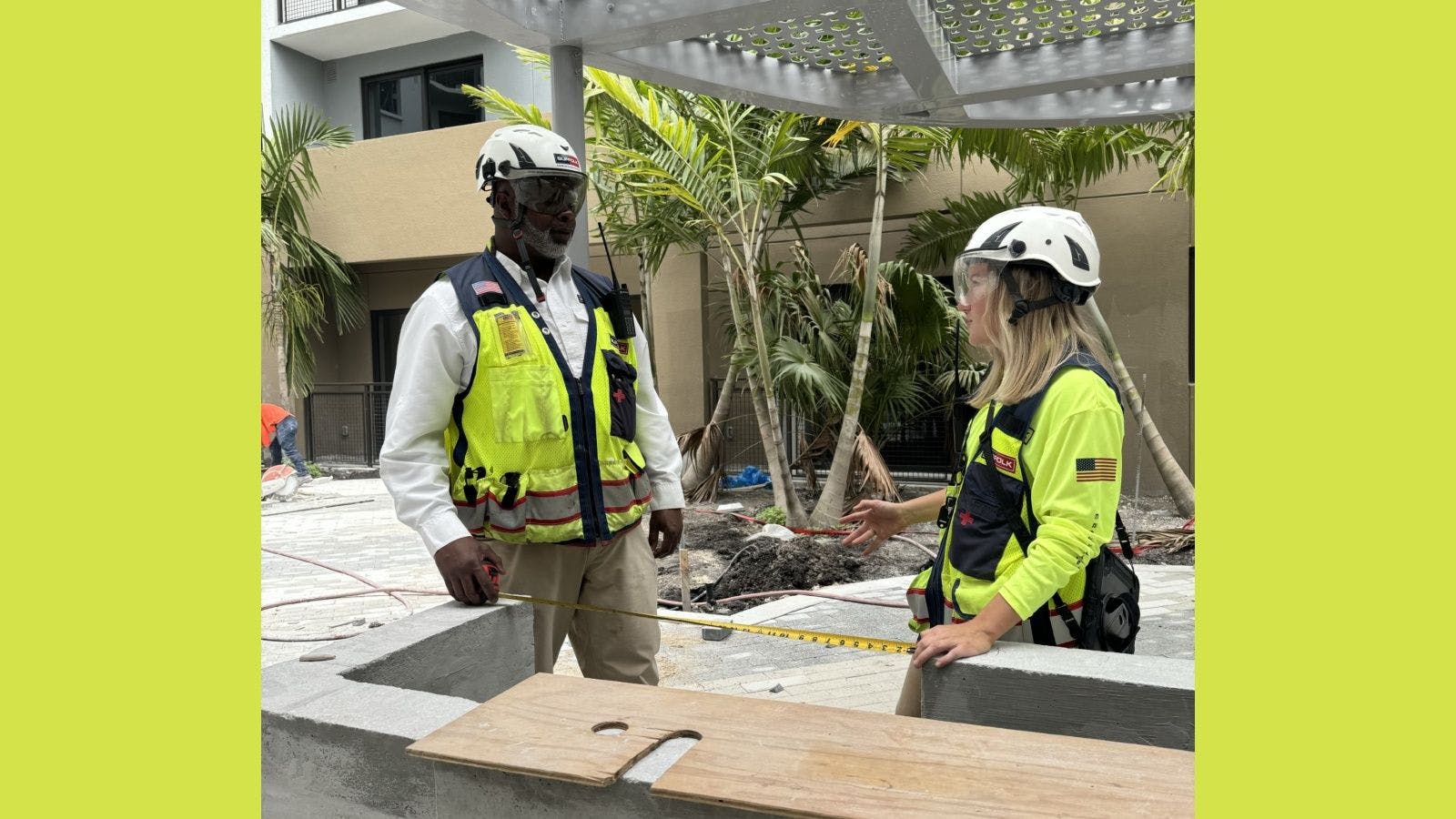
Get Creative to Solve Your Construction Company's Staffing Challenges
Construction projects are on the rise due to a generational investment in infrastructure spending. The Infrastructure Investment and Jobs Act passed by Congress in August 2021 includes around $550 billion in new federal investment in America’s roads and bridges, water infrastructure and more to be allocated over the next five years.
Because of the influx of federal funds for infrastructure, construction firms that previously focused on local, private sector clients are incentivized to pursue public projects in other states and regions. There are a couple of bumps in the road, however. Payroll becomes more complex when you’re paying across multiple jurisdictions and at different pay rates, and reporting requirements for government work make managing projects and controlling costs trickier. Add to this the changes in the Davis-Bacon Act prevailing wage rules which went into effect on October 23, 2023. To capture this business and make it worthwhile, construction professionals need technology built specifically for the industry.
STAFFING TO MEET DEMAND
In an overall tight labor market, finding enough skilled workers for these projects is even tougher. As in many industries, construction is losing experienced professionals to retirement. On the other end, construction is not attracting enough younger employees.
To give some perspective, from July 2022 to July 2023, U.S. employment saw an overall gain of 2.2%. However, employment increased 3.5% at heavy and civil engineering companies and 5.9% at nonresidential building construction firms, according to the AGC/Procore report. ADP’s October National Employment Report noted that while some industries shed jobs in October 2023, construction saw an increase of 4,000 job openings. Construction pay grew as well, at 5.8% year-over-year.
In 2024, presuming that construction spending growth will slow due to the economy, the construction industry will still need to hire more than 342,000 new workers on top of normal hiring to meet industry demand, according to Associated Builders and Contractors.
5 WAYS TO ATTRACT AND RETAIN CONSTRUCTION TALENT
Finding new ways for construction companies to attract and retain qualified workers may mean reaching outside your comfort zone and getting creative in filling the pipeline.
1: Pitch the Opportunity
In its quarterly workforce research report in September 2023, the ADP Research Institute unveiled the results of a new Employee Motivation and Commitment Index. Out of 16 industries analyzed, the construction industry had the third-highest share of motivated and committed workers.
Together with good pay and opportunity, this motivation and commitment can make you feel confident when you pitch the industry to new frontline workers. Emphasize that there are solid career paths with the ability to make good income. Too often people think of construction work as laborers standing roadside holding a flag. Paint a picture of the careers available in construction, for instance, skilled trades like carpentry, electrical and plumbing; engineering; project management; environmental projects; and infrastructure like bridges, roads and telecommunications.
Working in construction is more than just a paycheck. When recruiting new workers, it’s critical to discuss total compensation. Construction firms can offer benefits, training and certification for career development, relocation opportunities, varied career paths and more. You’re competing with retail, hospitality and warehousing for this talent, so sell all that your company has to offer.
2: Look Outside of the Current Talent Pool
As you face these talent challenges, look to the future and not to the past. Widen where you recruit, for instance, in neighborhoods that are racially and ethnically diverse. How can you reach out to more women? To veterans? Sometimes, demographic groups are overlooked because they don’t fit the stereotypical profile of a construction worker. But they may have skillsets you hadn’t even considered. For example, veterans have deep technical and interpersonal skills, like management, teamwork and leadership. As well, many female architects—who are already skilled and/or trained—are moving into construction because for better compensation and benefits. On the other hand, the company might also be able to take advantage of tax credits for hiring veterans and from historically underrepresented groups.
3: Know Your Audience
Right now, the construction industry is competing for Gen Z workers, born between 1997 and 2012. Understanding this generation and what motivates them is essential. They are tech-savvy, career-driven and financially motivated, and interested in making a positive impact. They are concerned about diversity, social justice and environmental issues like climate change. What better way to impact the world than to build infrastructure that supports the economy and can shape our environment? Technology is a growing part of the construction industry, for example, use of drones and sophisticated software. When speaking to Gen Z, pitch how your business operates with and strives for what they are searching for in a company and career.
4: Get Creative
More and more construction executives are reaching out to high-school students to get the message across earlier in the pipeline. College degrees are expensive and not necessarily the right path for everyone. Visiting local and regional high schools to speak about the opportunities in construction can help advocate for a career in the trades in lieu of a traditional four-year degree. Sponsoring summer internships and apprenticeships for those high school students interested can help bolster those advocacy efforts.
Additionally, parents are being recruited as much as the students. The goal is to dispel the stereotype of a construction worker being a low-paid, unskilled job. Events that expose students, parents and educators to not only field materials like machinery, simulators and software but also back-office strategies like digital advertising can help make both students and parents aware of tangible career opportunities in construction.
5: Upskill and Reskill
Another way to build your team is to upskill or reskill current workers. Identify high potential employees and provide additional training like certification and degree programs. Discuss a viable career path with them and plan how it will happen. Connect them with mentors within the organization so that institutional knowledge and experience is passed on before someone retires. All of this will strengthen retention, demonstrating that the firm supports growth and development. Construction-specific HCM software that tracks career development, skills and certifications can facilitate this process.
THE PRESENT IS THE FUTURE
This tight labor market is not going away any time soon. Whether you are a small, medium or large company, there is great opportunity to grow your business by adding public-funded projects. The complexities, however, of managing wages and reports required by this work can be overwhelming. A specific strategy and some curated software can create short work of this process and help you take care of your current employees and start early in the pipeline so that you can build the talent that you need for long-term stability and growth.
Related stories








